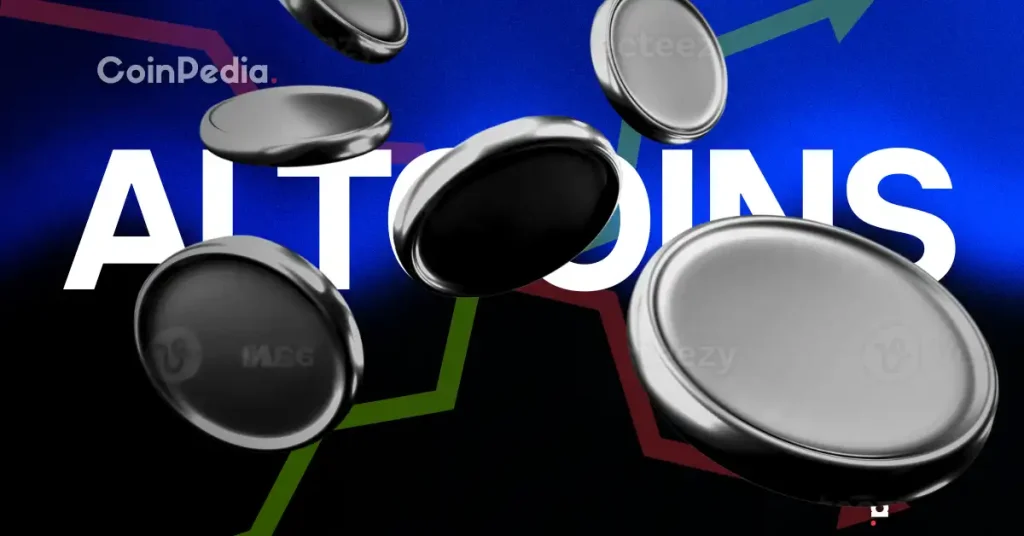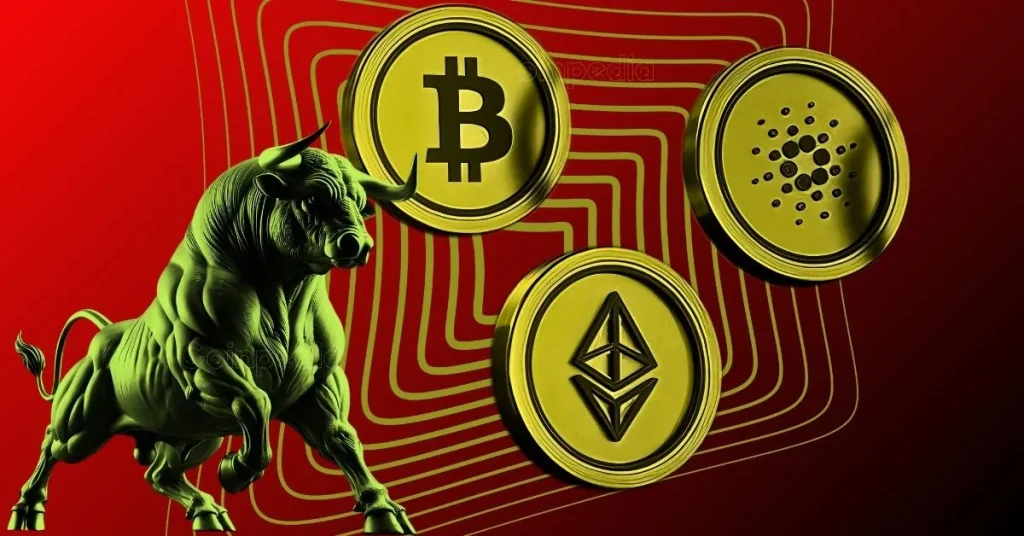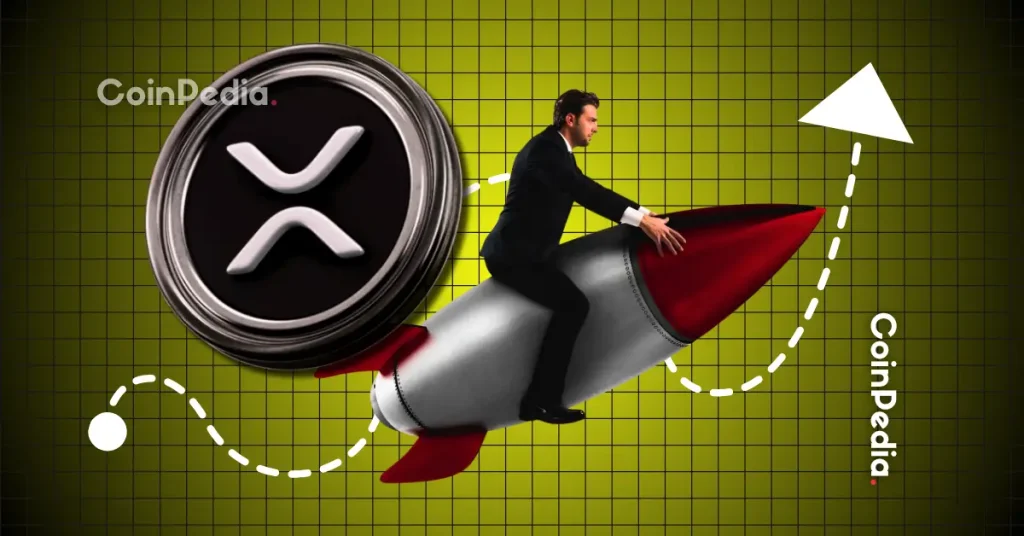Chainlink has unveiled its new Reserve initiative, witnessing a notable expansion within a fortnight of its launch. The increased assets in the reserve, evidenced by LINK tokens surpassing 150,770, underscore Chainlink’s strategies to fortify the reserve structure.
What Drives Chainlink Reserve’s Success?
Recently, the network added an impressive 41,105.84 LINK tokens, as part of its determined effort to meet and exceed its goals. This quick boost is perceived as a motivational milestone for Chainlink and its stakeholders.
With the introduction of additional tokens, Chainlink intends to enhance the reserve’s resilience, particularly in the face of challenging market conditions.
The swift growth of Chainlink’s Reserve has caught the industry’s attention, marking a pivotal moment for the platform. It potentially ensures long-term financial health and stabilizes LINK Coin’s demand.
Public reactions indicate that Chainlink’s reserve expansion strategy positively impacts the LINK token‘s value, promoting trust in the overall project.
“Thanks to the newly added LINK tokens, we achieved our desired growth in a short time.”
Where is LINK Coin Price Headed?
Chainlink’s reserve strategy aligns with current market dynamics. Should the asset valuation approach billion-dollar figures, investors will see the strategic significance for LINK Coin pricing. This association was bolstered by hopes for ETH’s new ATH.
Despite prevailing market challenges, LINK Coin stayed above the $25 mark, recently testing the $27 resistance level, driven by this strategic initiative. Future announcements could potentially break this resistance, propelling its value between $31 and $59.
Chainlink’s reserve initiative continues to build momentum, with potential for further gains. As the reserve strengthens, LINK Coin’s price trajectory could shift from its current resistance level to a more ambitious $59 target.
Disclaimer: The information contained in this article does not constitute investment advice. Investors should be aware that cryptocurrencies carry high volatility and therefore risk, and should conduct their own research.
















 English (US)
English (US)